Forestry Salary Research
- September 17, 2024
- 0 comment
Forestry salary is a diverse field that involves managing forests and natural resources to ensure sustainability, conservation, and economic viability. Professionals in forestry work to maintain the health of forests, which can include everything from monitoring forest ecosystems to ensuring responsible logging practices. The types of jobs available in forestry vary greatly, ranging from forest rangers and timber cruisers to environmental scientists and forest product managers.
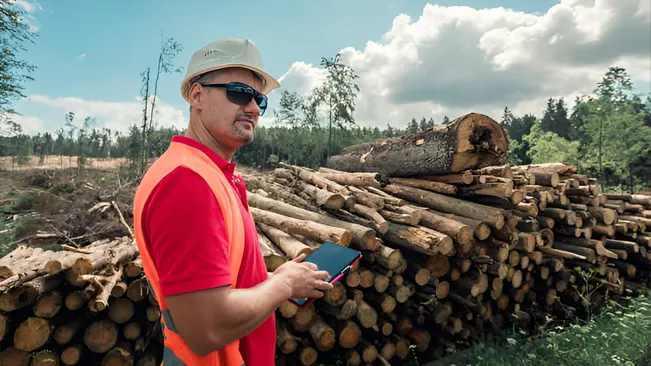
Forestry professionals are responsible for much more than just logging and timber management. They also work in areas like wildlife protection, soil conservation, and recreation planning. This broad scope of work leads to a wide range of forestry salary within the field, depending on the specific job role, educational background, and geographic location.
Forestry Roles and Their Average Salary
In order to get a full picture of forestry salary, it’s important to examine the compensation for various roles within the industry. The following are some common forestry-related job titles, along with their corresponding average annual salaries:
Foresters
Foresters are responsible for managing forested areas for conservation, recreation, and economic use. The average salary for a forester in the U.S. is approximately $55,000 per year. However, more experienced or specialized foresters can earn upwards of $75,000 annually, depending on their location and level of expertise.

Forest Technicians
Forest technicians assist foresters by collecting data, measuring trees, conducting surveys, and helping with conservation efforts. These positions typically require a technical diploma or associate degree, and the average salary is around $40,000 annually.
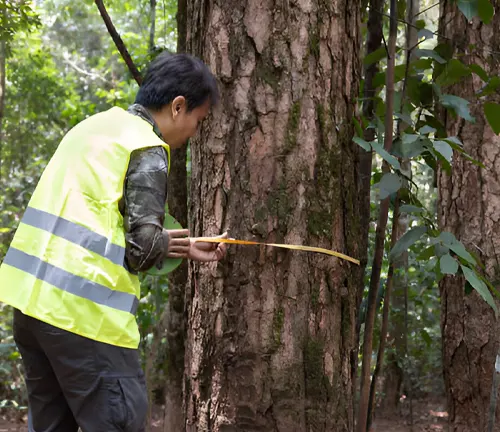
Wildlife Biologists
Wildlife biologists study animals and their habitats, often working closely with forestry professionals to ensure that logging and other activities do not disrupt ecosystems. Their salaries can vary widely depending on experience and education, but the average annual salary is about $63,000.

Conservation Scientists
These professionals focus on preserving natural resources, often working for government agencies or conservation organizations. The average salary for conservation scientists is approximately $65,000 per year, though top earners in this role can make over $90,000 annually.
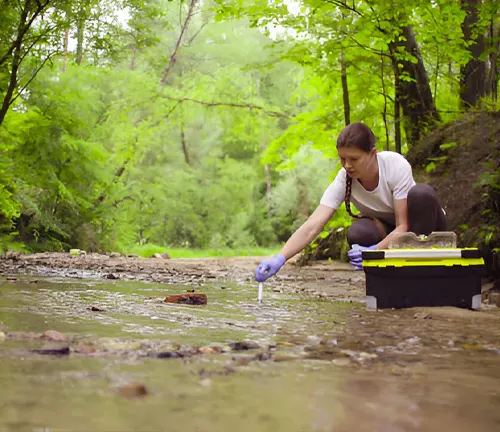
Timber Harvesters and Loggers
Working directly in the harvesting of timber, these professionals are often employed by logging companies or government agencies. Their salaries can vary significantly based on experience and the volume of timber harvested, but the average annual salary is around $38,000 to $45,000.
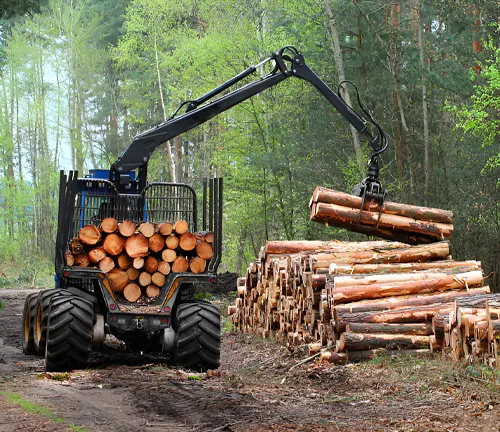
Educational Requirements and Their Impact on Forestry Salary
The educational background of forestry professionals plays a significant role in determining their salary. While many entry-level positions, such as forest technicians or timber harvesters, may only require a high school diploma or associate degree, higher-paying roles generally demand more advanced education.
- Associate Degree: Entry-level forestry positions, such as forest technicians and logging workers, often require an associate degree in forestry or a related field. These roles typically offer salaries ranging from $35,000 to $50,000 per year, depending on experience and location.
- Bachelor’s Degree: A bachelor’s degree in forestry, environmental science, or a related discipline is typically required for roles such as foresters, wildlife biologists, and conservation scientists. Professionals with a bachelor’s degree can expect starting salaries in the range of $45,000 to $65,000, with potential for growth as they gain experience.
- Master’s Degree: For those seeking higher-level positions in management or research, a master’s degree may be required. Professionals with advanced degrees, such as environmental scientists or senior foresters, can earn between $65,000 and $100,000 per year, with salaries on the higher end for those working in specialized areas like ecosystem management or climate change mitigation.
- Doctoral Degree (PhD): Certain roles in forestry, particularly in academia or advanced research positions, may require a PhD. Professionals with doctoral degrees often engage in environmental policy work or high-level conservation science, earning salaries that can exceed $100,000 annually.
Regional Salary Variations in the Forestry Industry
Forestry salary can vary greatly depending on geographic location, as factors such as cost of living, local forestry demand, and the presence of forested areas all influence compensation. Generally, professionals working in regions with larger forests or significant timber industries may earn more due to higher demand for their skills.
- United States: In the U.S., forestry salary tend to be higher in the Pacific Northwest (Washington, Oregon, California), where the timber industry is more prevalent. Foresters in these areas can earn between $60,000 and $80,000 annually. In contrast, professionals working in the Southeast or Midwest may see salaries that are 10-20% lower, depending on local industry demands.
- Canada: Canada has a strong forestry industry, particularly in provinces like British Columbia, Alberta, and Ontario. Forestry workers in these areas can expect competitive salaries, with foresters earning an average of CAD $65,000 to $85,000 per year. Forest technicians and logging workers generally earn between CAD $45,000 and $60,000 annually.
- Europe: In Europe, forestry salary vary widely depending on the country. In nations like Germany and Sweden, where sustainability and forest management are emphasized, foresters can earn salaries ranging from €50,000 to €70,000 annually. In contrast, Eastern European countries with less developed forestry industries may offer lower wages.
- Australia and New Zealand: Forestry professionals in Australia and New Zealand also enjoy competitive salaries, particularly in regions with large forested areas. In Australia, foresters can earn between AUD $60,000 and $90,000 per year, while their New Zealand counterparts typically see salaries ranging from NZD $55,000 to $85,000 annually.
Career Advancement Opportunities in Forestry
The forestry industry offers ample opportunities for career growth, with many professionals advancing to higher-paying positions through additional education, certifications, and experience. Some potential paths for career advancement in forestry include:
- Leadership and Management: Foresters and conservation scientists with several years of experience can transition into management roles, overseeing teams or large-scale projects. These positions typically offer salaries between $75,000 and $100,000 annually, depending on the size of the organization and the scope of responsibilities.
- Specialized Fields: Forestry professionals who specialize in niche areas, such as forest pathology, fire management, or urban forestry, can often command higher salaries due to their specialized knowledge. Certifications and advanced degrees in these fields can significantly boost earning potential.
- Consulting: Experienced forestry professionals may also choose to work as consultants, offering advice on sustainable forestry practices, land management, and environmental impact assessments. Forestry consultants often have the flexibility to set their own rates, with top consultants earning six-figure salaries based on their expertise and client base.
Conclusion
Forestry salary research is a dynamic field with a wide range of career opportunities, each offering different levels of compensation based on education, experience, location, and specialization. As sustainability and environmental protection become more critical, the demand for skilled forestry professionals is likely to grow, leading to increased forestry salary and new opportunities for advancement. For those passionate about the environment and natural resource management, forestry offers a fulfilling career with the potential for competitive pay, particularly as new trends and technologies reshape the industry.
Frequently Asked Questions (FAQ)
- What factors influence salaries in the forestry industry?
Salaries in the forestry industry are influenced by factors such as geographic location, educational background, job role, level of experience, and industry demand. Professionals in regions with a strong forestry presence or those with advanced degrees and specialized skills typically earn higher salaries. - What is the average salary for a forester in the United States?
The average salary for a forester in the U.S. is approximately $55,000 per year. However, salaries can range from $45,000 to $75,000 depending on experience, education, and location. - Which forestry roles offer the highest salaries?
Roles like environmental scientists, conservation scientists, and senior-level foresters tend to offer the highest salaries in forestry. Professionals in specialized areas such as climate change mitigation or forest management can earn upwards of $80,000 to $100,000 annually. - Do forestry jobs require a college degree?
While some entry-level jobs, such as forest technicians or timber harvesters, may only require a high school diploma or associate degree, most professional roles like foresters and wildlife biologists require at least a bachelor’s degree. Advanced positions in research or management often require a master’s or doctoral degree. - How do forestry salary vary by region?
Forestry salary can vary significantly by region. For example, foresters in the Pacific Northwest of the U.S. or in British Columbia, Canada, tend to earn more than their counterparts in other areas due to the strong timber industry. forestry salary in countries like Germany or Australia are also competitive in regions with high demand for forestry professionals. - What entry-level forestry jobs are available, and what do they pay?
Entry-level forestry jobs include positions such as forest technicians, timber harvesters, and logging workers. These roles generally pay between $35,000 and $50,000 per year, depending on location and experience. - What is the salary range for wildlife biologists in forestry?
Wildlife biologists working in forestry typically earn between $50,000 and $75,000 per year, depending on their experience, education, and region. Those working in more specialized fields may earn higher salaries. - How does experience affect salaries in the forestry industry?
Experience plays a crucial role in salary growth within forestry. Entry-level positions typically start at lower salaries, but as professionals gain experience and take on more responsibilities, they can move into higher-paying roles such as management, consulting, or specialized research. - Are there opportunities for salary growth in the forestry sector?
Yes, there are significant opportunities for salary growth in forestry. Advancement to managerial positions, specialized fields such as fire management or conservation, and further education can lead to higher-paying roles. Consultants in forestry can also command higher earnings based on expertise. - How are technological advancements impacting forestry salary?
Technological advancements, such as the use of Geographic Information Systems (GIS), remote sensing, and drones, are increasing the demand for professionals with tech skills in forestry. As a result, salaries for these specialized roles are often higher due to the advanced knowledge required.

Jordan Blake
Forestry AuthorJordan Blake is a forestry expert with over 15 years of experience in arboriculture and community education. Passionate about sustainable forest management, Jordan regularly writes for Forestry.com and Tree Care Magazine. Holding certifications in tree health assessments and urban forestry management, Jordan conducts workshops to educate the public on sustainable practices. Jordan has a degree in Environmental Science and enjoys hiking and photography in their free time.


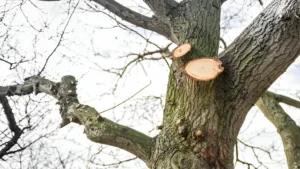




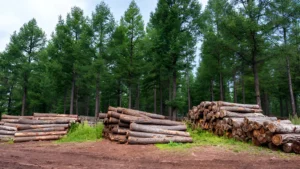



Leave your comment